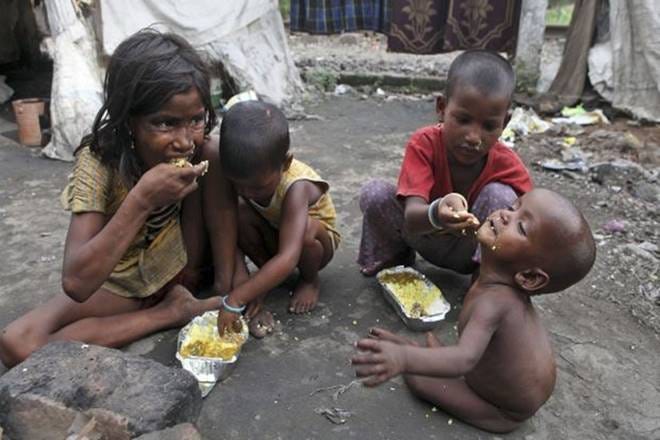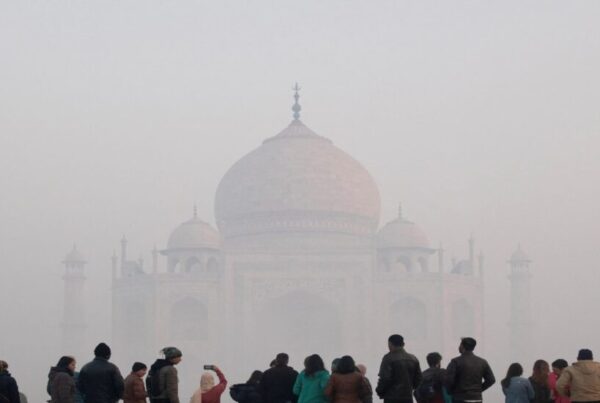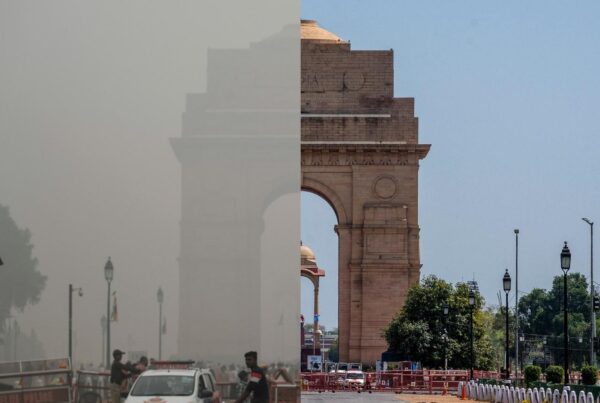Beneath the impressive strides India has made in healthcare infrastructure, a silent crisis continues to fester—poverty is amplifying public health risks across the country. From urban slums to remote villages, millions of Indians remain trapped in conditions where health takes a back seat to survival.
A Growing Disparity
India’s economic growth has made headlines worldwide, yet the benefits have not trickled down evenly. According to the latest data from NITI Aayog, over 230 million people in India still live below the poverty line. For these individuals and families, access to basic healthcare is a luxury.
Poverty limits access to clean water, nutritious food, safe housing, and medical services—all critical determinants of health. Children in low-income households are more likely to be underweight, under-immunized, and more vulnerable to infectious diseases like tuberculosis, diarrhea, and malaria.
“Poverty is not just about income,” says Dr. Renu Sharma, a public health expert in Delhi. “It’s a complex web that includes poor education, lack of sanitation, overcrowded living conditions, and limited access to quality healthcare. When you live in such conditions, falling sick becomes inevitable—and getting better becomes near impossible.”
Health Crises Fueled by Inequality
The COVID-19 pandemic laid bare the fault lines of India’s healthcare system. Slum dwellers and daily wage earners, who could not afford to isolate or seek private care, bore the brunt of the crisis. Many died not just from the virus, but from delayed treatment and inaccessible medical facilities.
Even beyond COVID-19, diseases like dengue, typhoid, and chronic respiratory conditions are more prevalent in impoverished communities. With limited sanitation and poor waste management in many areas, disease spreads rapidly. Meanwhile, lack of education often leads to delayed diagnosis or reliance on unregulated informal medical practitioners.
Nutrition and Maternal Health: A Persistent Challenge
Malnutrition continues to be one of the gravest public health challenges in India, particularly among children and women. According to the National Family Health Survey (NFHS-5), over 35% of children under five are stunted, and over 50% of women aged 15–49 are anemic.
Poverty makes nutritious food unaffordable, especially for pregnant women, young children, and the elderly. This leads to higher maternal mortality rates and lifelong developmental issues for children born into poor families.
Infrastructure Gaps and Policy Limitations
While the government has rolled out initiatives like Ayushman Bharat and Jan Arogya Yojana, which provide financial assistance for healthcare, implementation remains patchy in remote and marginalized communities.
Rural health centers are often under-equipped and understaffed. Urban slums, where millions reside, are not formally recognized in municipal planning, leaving entire populations without access to clean water, drainage, or healthcare facilities.
“Policy intentions are good, but unless we strengthen delivery at the grassroots level, these programs will not reach those who need them most,” says Dr. Arvind Mehta, a public policy analyst.
Breaking the Cycle: The Road Ahead
Experts agree that improving public health outcomes in India requires tackling poverty head-on. This means investing not just in healthcare, but in education, sanitation, housing, nutrition, and employment opportunities.
“Health should not be seen in isolation. It’s tied to everything—if a woman has to walk five kilometers to fetch water or work all day without a toilet nearby, how can we expect her to stay healthy?” asks Dr. Sharma.
Innovative models like mobile health clinics, community health workers, and digital health platforms offer hope. However, without systemic reforms and a commitment to equity, these efforts will only scratch the surface.
In the world’s most populous country, the health of its poorest citizens should be a national priority. As India marches toward becoming a global economic power, addressing the intersection of poverty and public health is no longer a matter of welfare—it is a matter of national survival.
Until every Indian, regardless of income or geography, has access to the basic right of health, the dream of a healthy India will remain out of reach.




